Growing Hydrangeas:

Hydrangeas are fascinating with their delightful blue and pink(red) flowers to create a Spring/Summer garden. In achieving best results, it is important to prepare soil before planting or choose a good quality potting soil if you are growing in pots. Hydrangeas can survive in full sun, however the best environment for most hydrangeas is exposure to morning sun and afternoon shade. Choose a location that doesn’t get hot afternoon sun. As hydrangeas have a high water requirement, it is most important to maintain a thorough and regular watering pattern.
pH & Colour: The colour of hydrangeas vary from deep blue through to bright pink or rosy red. The colour is largely determined by the pH of the soil or potting mix they are growing in. In acid soils, most hydrangeas produce blue sepals, whereas an alkaline conditions promote pink sepals. The degree of the blueness is largely controlled by the amount of available aluminum element and the capacity of a particular variety to draw it up. Under acidic conditions the aluminum ions are freely available, whereas the availability decreases as the pH increases towards alkaline. However it is important to note that in some specifically modified varieties such as white or purple hydrangeas, may not change sepal color with the soil pH level.
Testing soil pH: As the pH is a significant factor in determining the colour of hydrangeas, it is critical to to check the pH of soil regularly to ensure correct pH. As outlined on this website, with Manutec Soil pH Test Kit you can rapidly and instantly determine the pH status of soil/Potting mix, then monitor and alter the pH to achieve the right colour required.
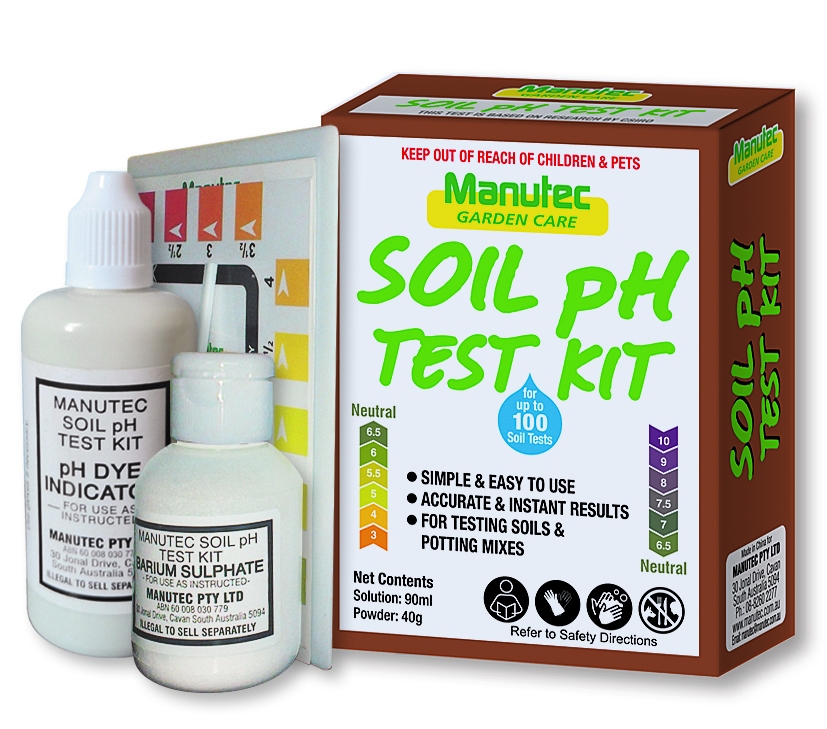

Making Hydrangea Blue: To produce blue sepals, hydrangeas need root zone soil with an acidic pH of approximately 5 – 6. If the soil is alkaline, the best acidifying agent to lower the pH is Sulphur
As this process of altering pH can take many weeks, it is important to do this prior to the formation of flower sepals. Once the pH is lowered then maintain the desired level with the regular use of Manutec Hydrangea Blueing Fertiliser.
The Part 1 of this product is an acidic soluble fertiliser which provides a balanced supply of nutrients for the healthy growth of hydrangeas, whereas the Part 2 (Aluminum Sulphate) also helps to maintain the acidic pH and provides aluminum ions required to produce a brighter, more intense blue. This two part mix product is a total nutrient and soil pH conditioning package and needs to be applied regularly.
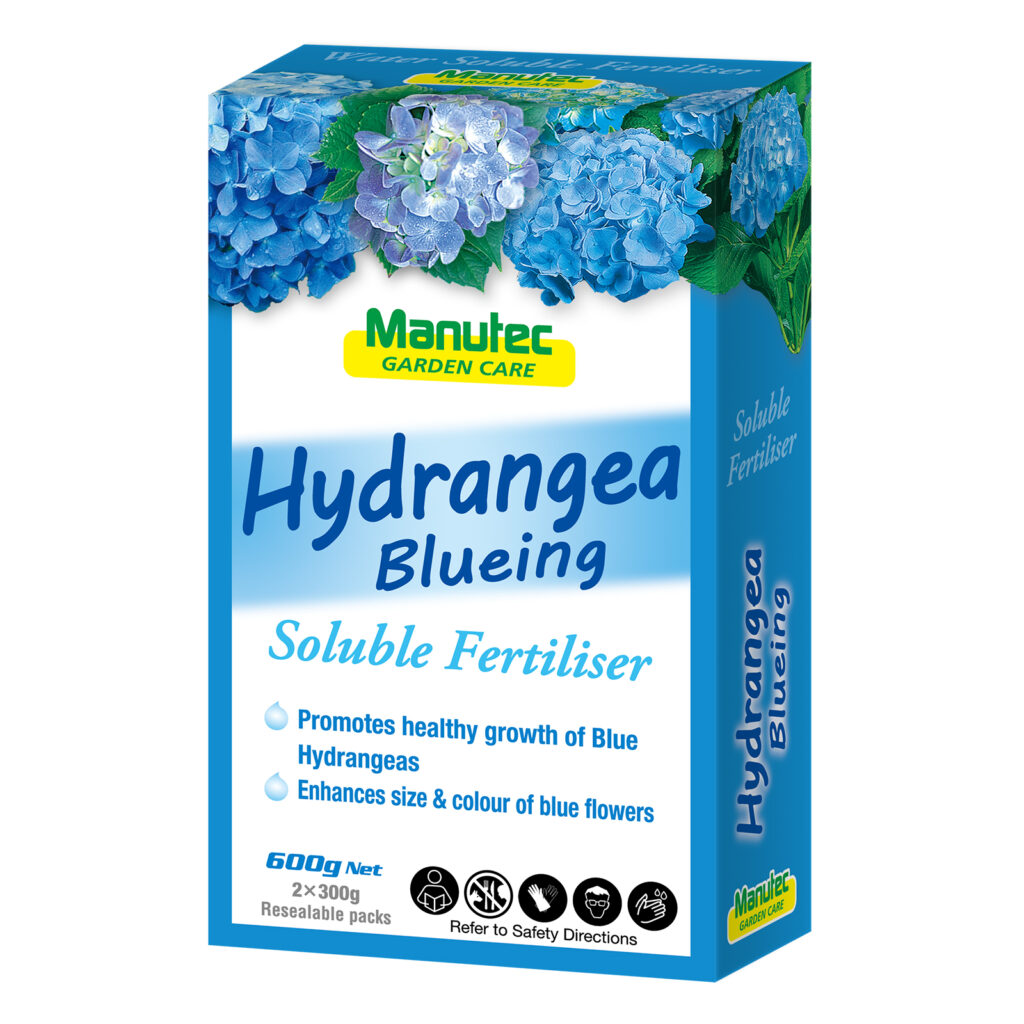
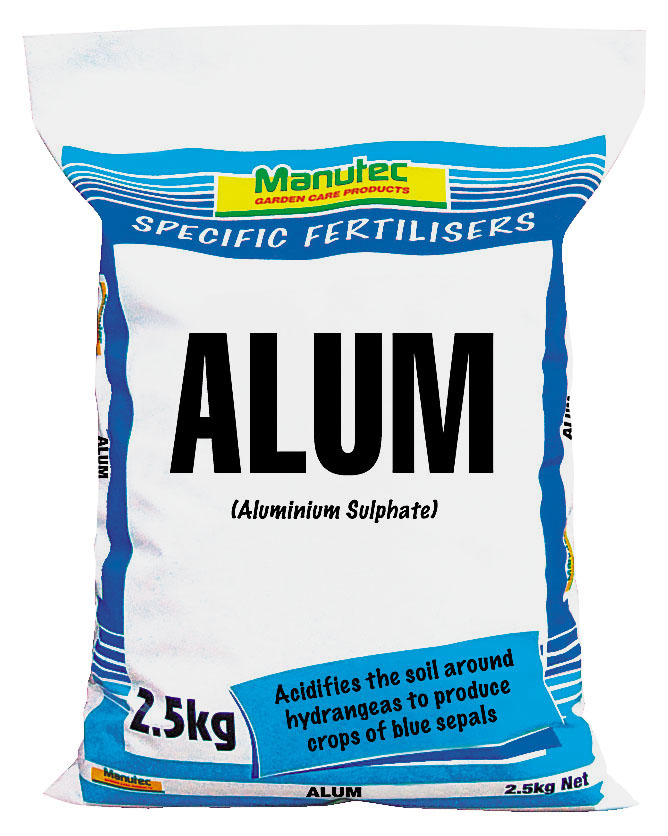
In addition to Hydrangea Blueing Fertiliser, applying additional Aluminium Sulphate (MANUTEC ALUM 2.5KG) once or twice a season can help to achieve better colour, but keep in mind, if soil is not maintained slightly acidic Aluminium ions will not be taken by plants. Aluminum is the key to impart blue colour and its uptake in to plant’s system is facilitated by acidic condition.
How to change Hydrangea to pink: To produce pink sepals, the soil is required to have slightly alkaline pH of 7-7.5. To increase the soil pH, the most common and effective practice is to apply garden lime or dolomite.
Adjust the pH prior to the formation of flower sepals. Using a Soil pH Test Kit periodically check your soil pH. Maintain the desired pH with applications of lime around the root zone. As a caution avoid growing close to acid loving plants (Azalea & Camellia, etc) as these have conflicting soil pH requirements.
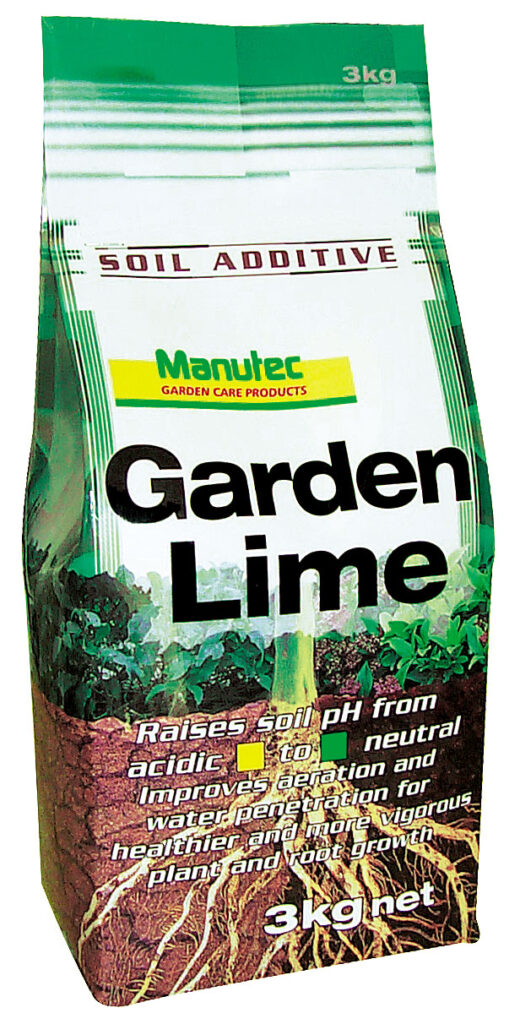
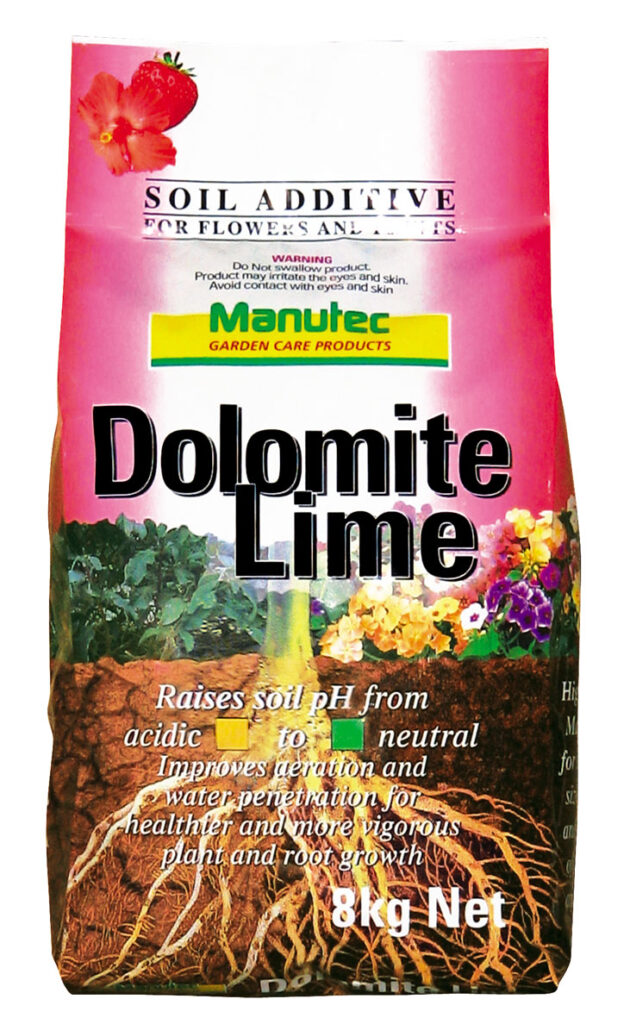
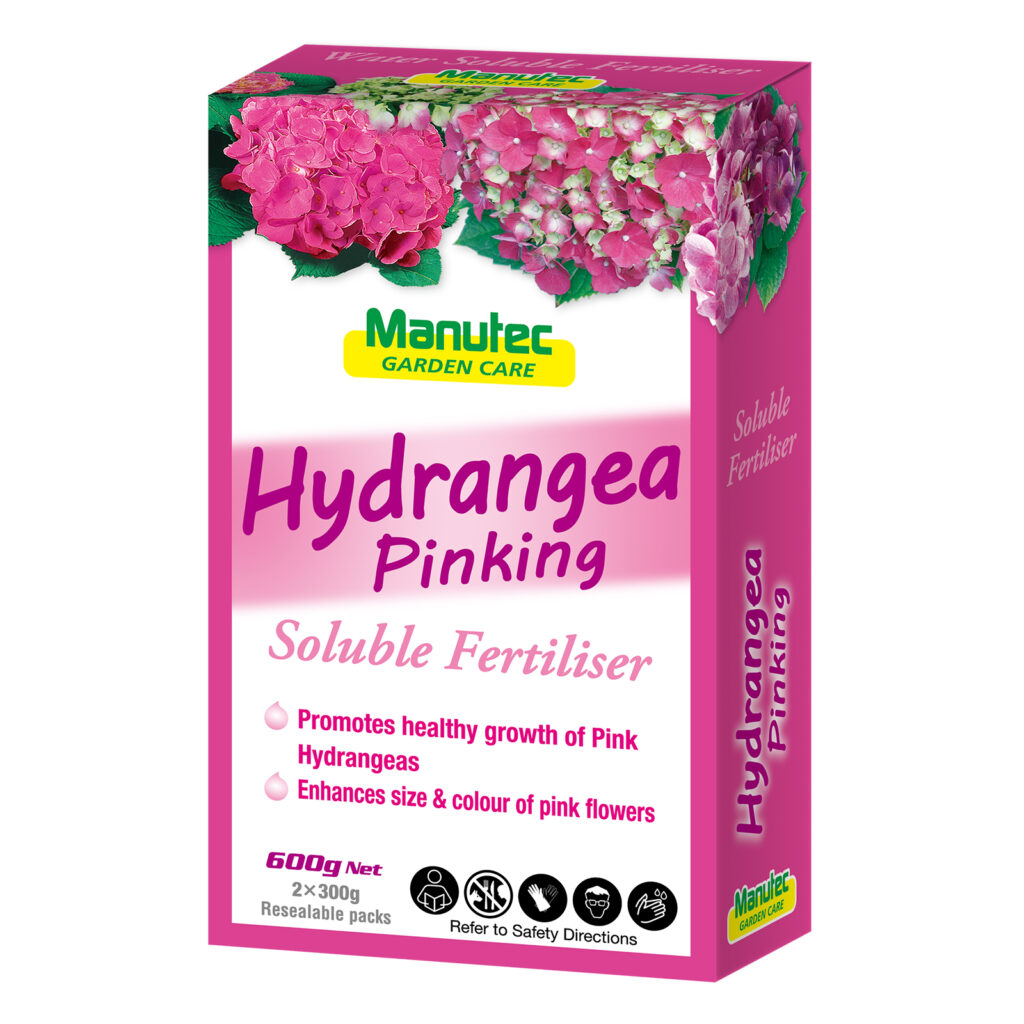
As this process of altering pH can take many weeks, it is important to do this prior to the formation of flower sepals. Once the required pH is achieved then maintain the desired level with the regular use of Manutec Hydrangea Pinking Fertiliser. The Part 1 of this product is soluble fertiliser which provides a balanced supply of nutrients for the healthy growth of hydrangeas, whereas the Part 2 (Calcium Nitrate) helps to maintain the alkaline pH and provides calcium ions required to maintain high pH conditions and produce a brighter, more intense pink. This two part mix product is a total nutrient and soil pH conditioning package and needs to be applied regularly.
IN SUMMARY
FOR BLUE HYDRANGEAS
- Always make sure to maintain acid pH (5 – 6) condition always.
- Use Sulphur to lower soil pH and ALUM to supplement Aluminium ions to impart blue color.
- Feed and maintain the desired pH with the regular use of Manutec Hydrangea Blueing Fertilizer throughout the season.
FOR PINK HYDRANGEAS
- Always maintain slightly alkaline pH (7-7.5)
- Use lime or dolomite to raise soil pH
- Check and maintain the desired soil pH with the regular use of Lime and a Soil pH Test Kit.
- Feed and maintain the desire soil pH with the regular use of Manutec Hydrangea Pinking Fertilizer through out the season.
